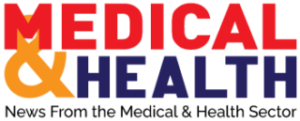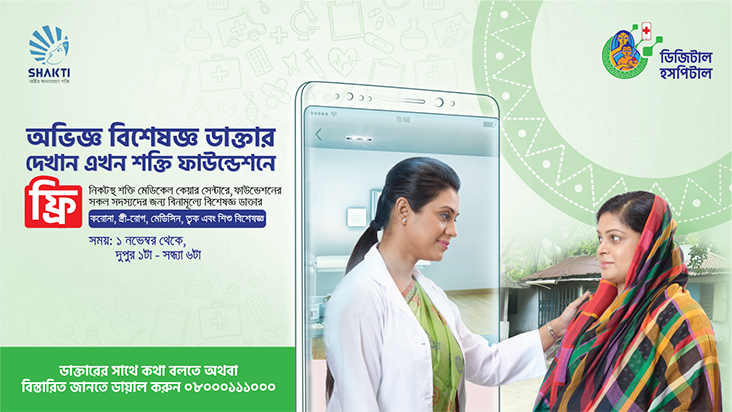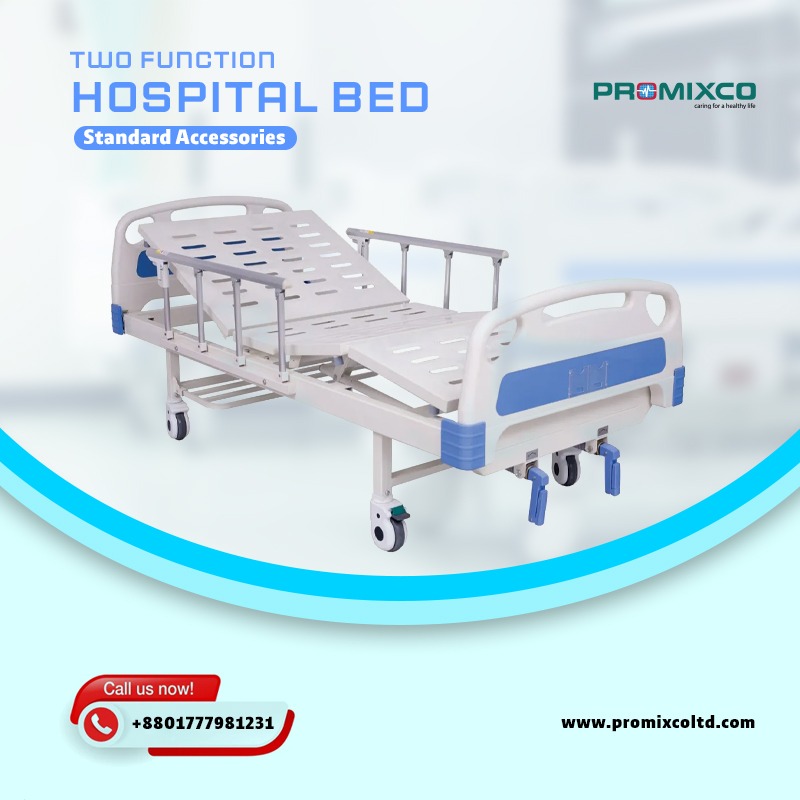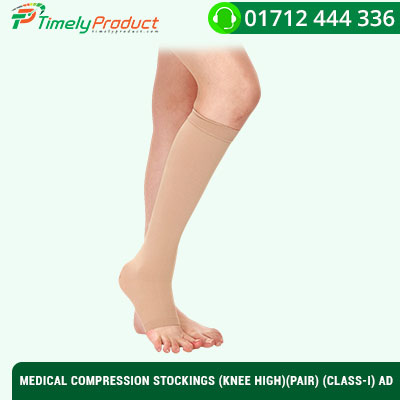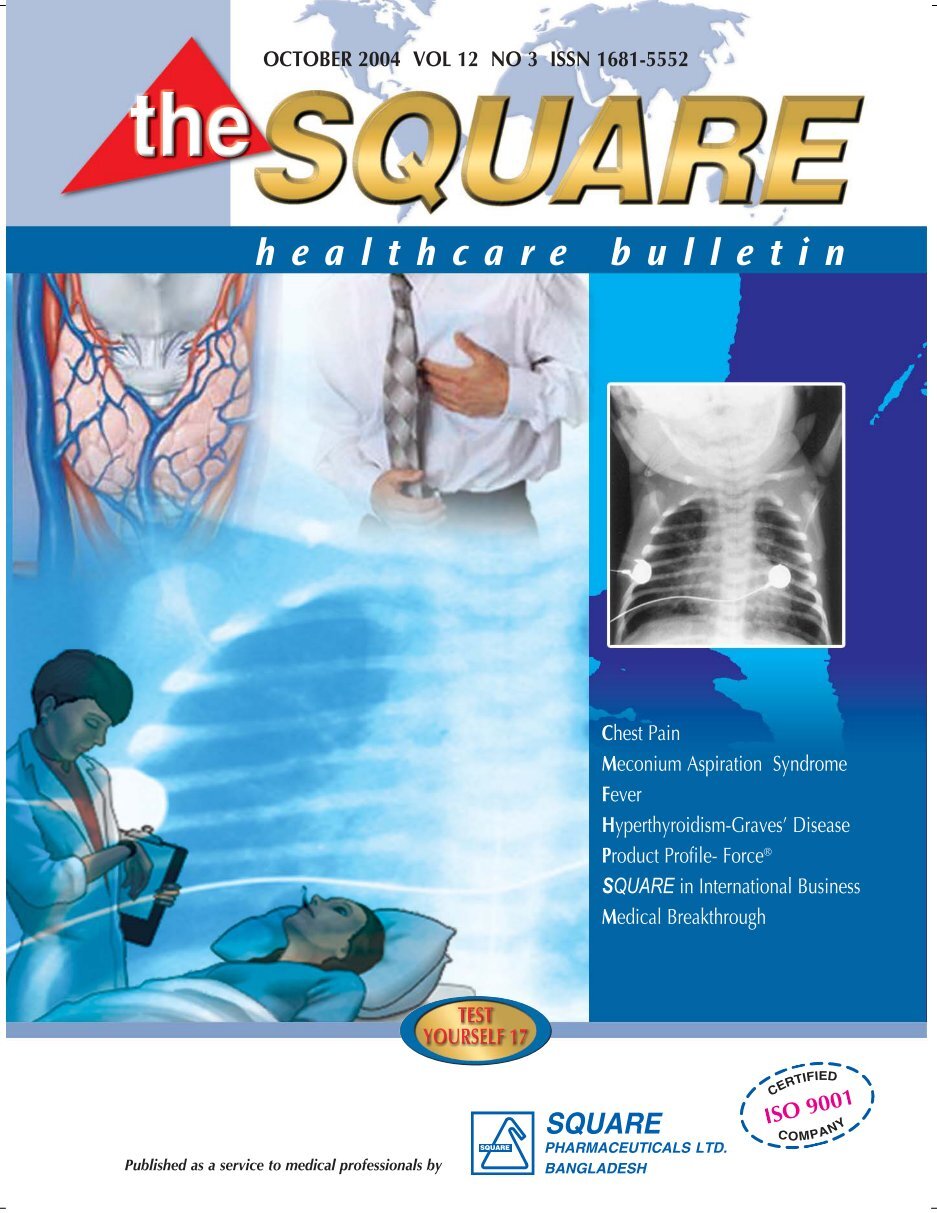Wearable Health Monitoring Devices: Empowering Individuals to Take Control of Their Health
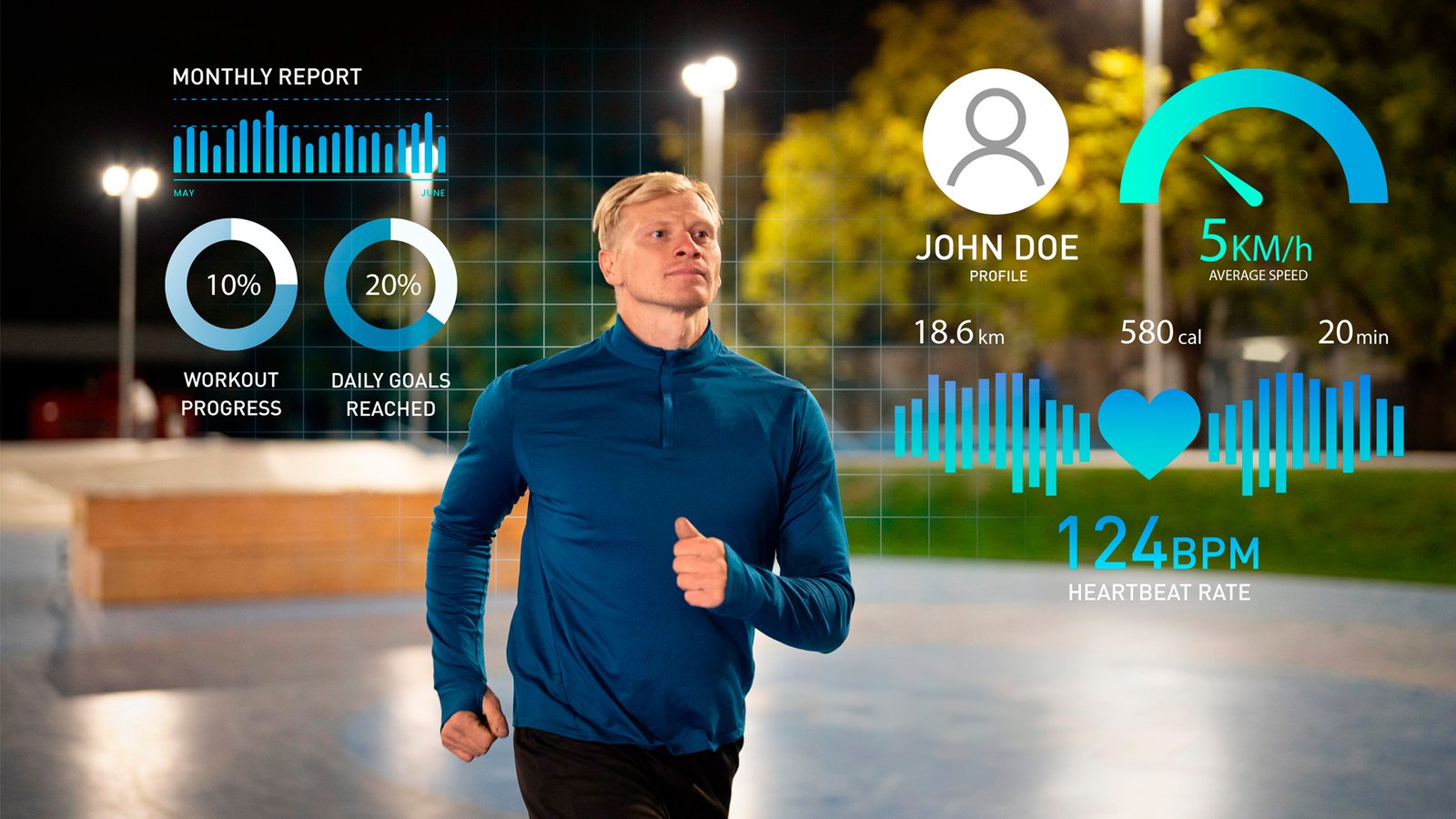
Introduction:
Wearable health monitoring devices have emerged as powerful tools in empowering individuals to actively monitor and manage their health. These devices, ranging from fitness trackers to smartwatches, provide valuable insights into various aspects of an individual’s well-being, enabling them to make informed decisions about their lifestyle, activity levels, and overall health. This article explores the advancements and impact of wearable health monitoring devices, highlighting their benefits, applications, and the potential they hold for transforming healthcare.
Tracking Vital Signs and Fitness Metrics:
Wearable health monitoring devices are equipped with sensors that enable users to track vital signs and fitness metrics in real-time. From heart rate and blood pressure to sleep patterns and calorie expenditure, these devices provide comprehensive data on various health indicators. Users can gain insights into their physiological responses during different activities, allowing them to make informed decisions regarding exercise intensity, sleep habits, and stress management.
Promoting Physical Activity and Wellness:
One of the key benefits of wearable health monitoring devices is their ability to motivate individuals to engage in physical activity and adopt healthier lifestyles. Through features such as step counting, distance tracking, and activity reminders, these devices encourage users to meet daily activity goals and establish regular exercise routines. Some devices even offer personalized coaching and feedback, providing users with guidance on optimizing their fitness routines and achieving their wellness objectives.
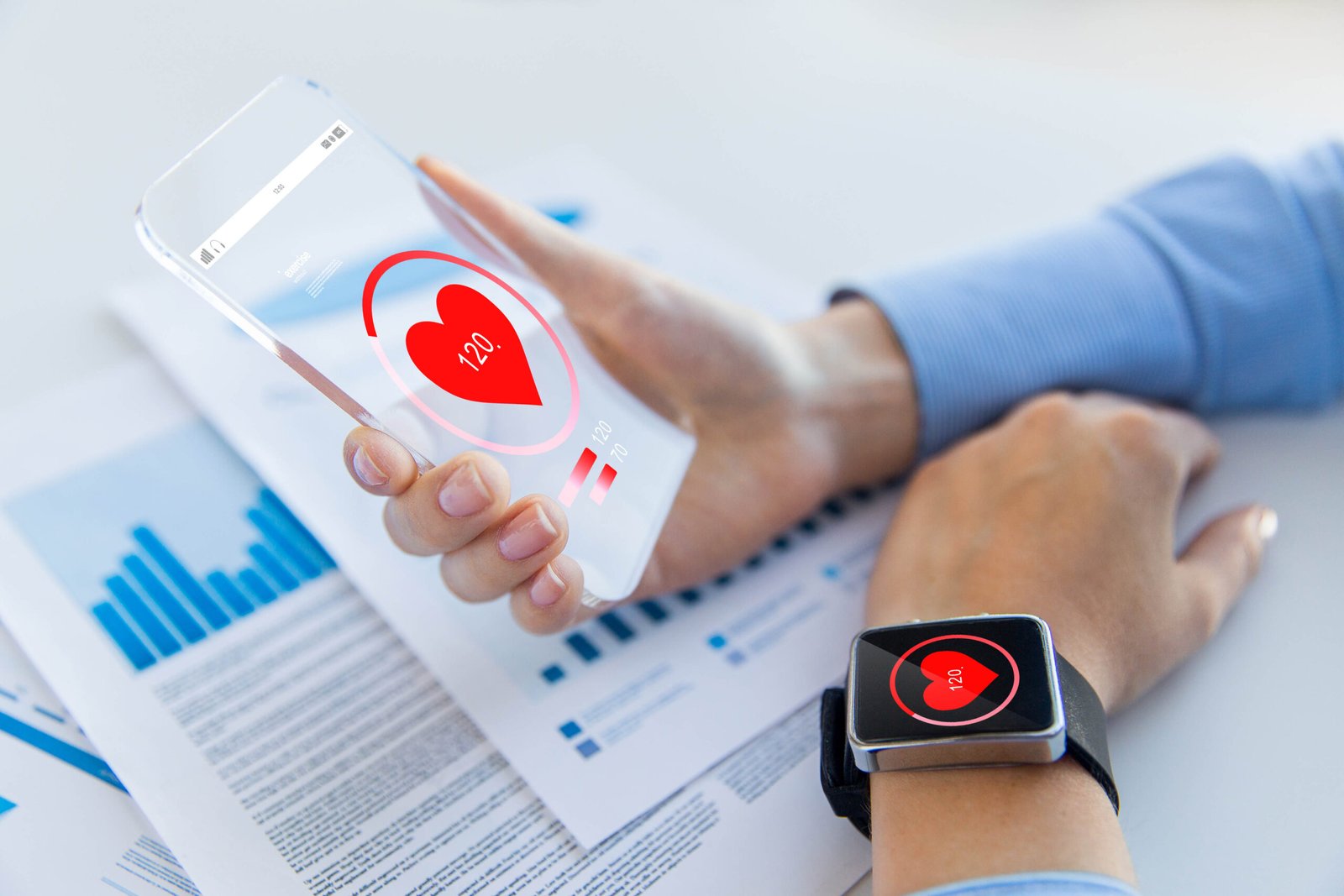
Personalized Health Insights and Data Analysis:
Wearable health monitoring devices collect vast amounts of data on users’ health and behavior patterns. Leveraging advancements in data analytics and machine learning, these devices can analyze the collected information to generate personalized health insights. By detecting trends, patterns, and correlations, users can gain a deeper understanding of their health status and make informed decisions regarding nutrition, stress management, and disease prevention.
Remote Patient Monitoring and Chronic Disease Management:
Wearable health monitoring devices play a vital role in remote patient monitoring and chronic disease management. Patients with chronic conditions can use these devices to monitor their symptoms, medication adherence, and vital signs. The data collected can be shared with healthcare providers in real-time, enabling timely interventions and adjustments to treatment plans. This remote monitoring capability reduces the need for frequent in-person visits, improves patient outcomes, and enhances overall healthcare efficiency.

Challenges and Future Directions:
While wearable health monitoring devices offer immense potential, there are challenges that need to be addressed. Ensuring data privacy and security is of paramount importance, as the devices collect sensitive personal health information. Additionally, the accuracy and reliability of these devices’ measurements need continuous improvement. Furthermore, collaboration between device manufacturers, healthcare providers, and regulators is essential to establish standards and guidelines for integrating wearable devices into clinical practice effectively.
Conclusion:
Wearable health monitoring devices have revolutionized personal health management, empowering individuals to take an active role in monitoring and improving their well-being. By providing real-time data, personalized insights, and remote monitoring capabilities, these devices enable users to make informed decisions and seek timely medical interventions. As technology advances and collaborations between stakeholders strengthen, wearable health monitoring devices are poised to play an increasingly significant role in preventive care, chronic disease management, and overall healthcare transformation.
